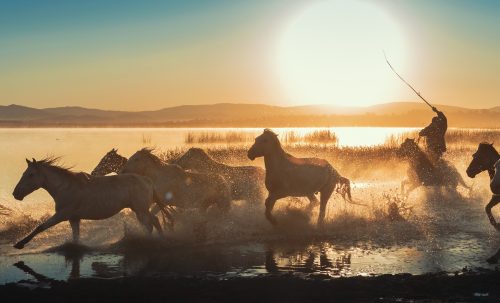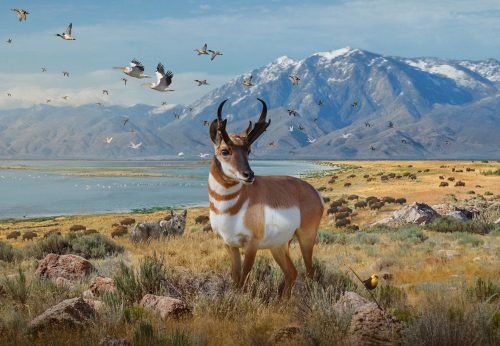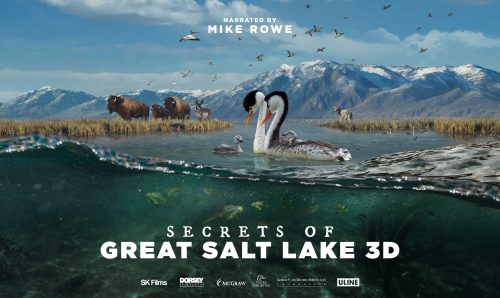(via Forbes)
Utah’s iconic Great Salt Lake is drying up which will have catastrophic consequences if something isn’t done soon, so state officials are taking unprecedented steps to head off what some are calling an environmental disaster on the order of the Dust Bowl of the 1930s.
Since Brigham Young and early Latter-day Saint pioneers first arrived at Great Salt Lake, the natural wonder that once spanned 1,700-square miles has dropped nearly 50 percent. The largest saline lake in the Western Hemisphere is in steady decline and on the brink of disappearing.
The question many are asking is will it share the fate of other of the world’s great saltwater bodies—The Dead Sea of Jordan, the Aral Sea of Kazakhstan, The Salton Sea and Owens Lake of California, Lake Poopo in Bolivia, Lake Urmia in Iran, and others that are all disappearing (or have already disappeared)?
Of nine saline lakes found in the American West, more than half have withered from 50 to 95 percent of their earliest recorded levels. None is more important than Great Salt Lake, and the struggle to save it is emblematic of the growing demand for water across the globe. The world’s human population has nearly doubled since 1980 and with that growth has come exponential demand for water. For Great Salt Lake and all the people and wildlife that benefit from it, the clock is ticking.
Beyond the lake as a sustainable economic driver, it is one of the most important migratory bird habitats found in the western United States. The lake is home to most of the wetlands found in Utah and is a federally managed bird refuge. The adjacent 74,000-acre Bear River Migratory Bird Refuge was founded in 1928 and is a key nesting and migratory bird stopover area for millions of ducks, geese, cranes, swans, and myriad shorebirds that traverse the Pacific and Central flyways.
The continued degradation and possible loss of the Great Salt Lake would be an ecological and economic catastrophe the likes of which America has not seen in a generation. Utah would be transformed from the treasure it is today—one of the most coveted places to live in America—to a dystopian reality where little life would exist. Great Salt Lake is the ecological heartbeat of Utah, and leaders from the Governor on down are determined to save it.
An early step in their effort is to sound the alarm and to educate Utahns and others about the importance of the lake and the critical need to act now to save it. The state, along with conservation partners including wetlands champion Ducks Unlimited, the Max McGraw Wildlife Foundation, and others have come together to produce an IMAX film, television series, and associated educational content that will reshape the way people in Utah and across the country view the importance of the lake and the need to save it.
“The Secrets of the Great Salt Lake film will create an immersive experience at the ‘gates’ of Great Salt Lake and beyond to showcase the remarkable story of the lake’s formation and its importance to the people and wildlife of Utah,” says Charlie Potter, President and CEO of the Max McGraw Wildlife Foundation who also serves as the film’s executive producer. “Over two years of filming, a team of the world’s best cinematographers and filmmakers have been creating an indelible portrait of one of North America’s most remarkable natural wonders as only the giant screen format can deliver.”
“The Great Salt Lake is a uniquely beautiful place. It draws millions of people to Utah each year and is vital not only to tourism but also to our quality of life. The lake is critical to the environment, ecology, and economy, not just in Utah but also the western U.S.,” says Joel Ferry, head of the state’s Department of Natural Resources, the agency responsible for the film effort along with the associated destination theater and interpretive center that’s set to break ground next month.



